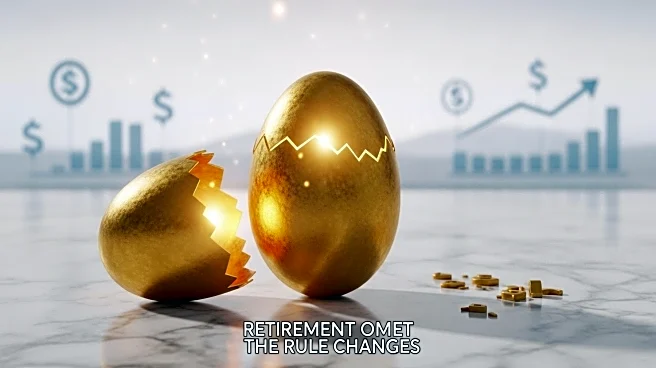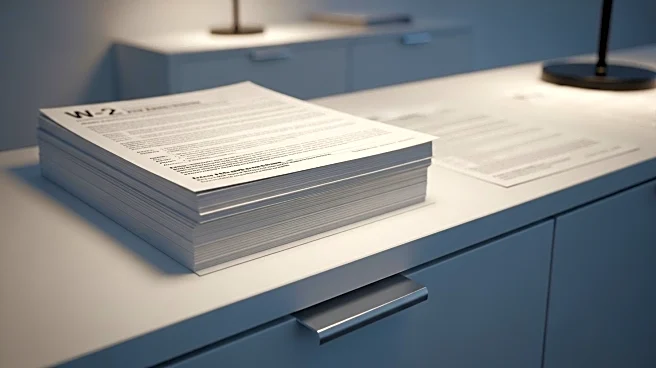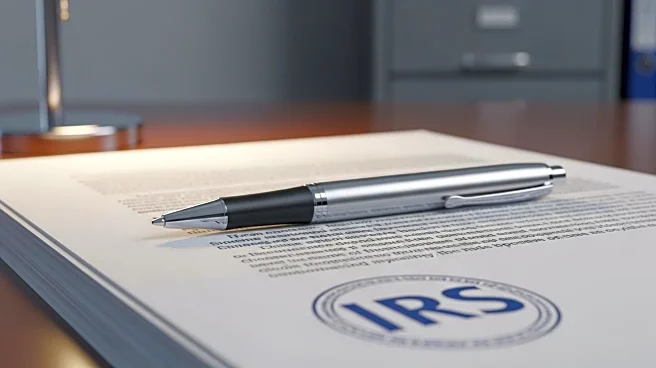What is the story about?
What's Happening?
The IRS has announced changes to retirement savings rules for workers aged 50 and over who earn more than $145,000 annually. Starting January 1, 2026, these individuals will be required to make 'catch-up' contributions to their 401(k) or similar retirement plans using Roth (after-tax) dollars. This change affects various retirement plans, including 401(k), 403(b), and government 457(b) plans. The adjustment is part of the SECURE 2.0 Act and aims to provide tax clarity and future tax-free growth for workers.
Why It's Important?
This change is significant for high earners who rely on catch-up contributions to enhance their retirement savings. The shift to Roth contributions means that these contributions will be taxed upfront, potentially affecting take-home pay. Employers will need to adjust their retirement plans to accommodate these changes, which could involve updating systems and employee communications. The new rules add complexity for HR and payroll teams, emphasizing the need for preparedness to ensure compliance by the 2026 deadline.
What's Next?
Employers must update their retirement plans to support Roth contributions or risk discontinuing catch-up contributions for high earners. The IRS has provided a grace period until 2027 for full compliance, allowing employers to make a 'reasonable good faith effort' to adapt. Workers and employers alike will need to adjust their strategies to align with the new regulations.
Beyond the Headlines
The shift to Roth contributions could influence broader retirement planning strategies, encouraging more workers to consider the benefits of tax-free growth. This change may also prompt discussions on the balance between immediate tax relief and long-term financial planning.
AI Generated Content
Do you find this article useful?













